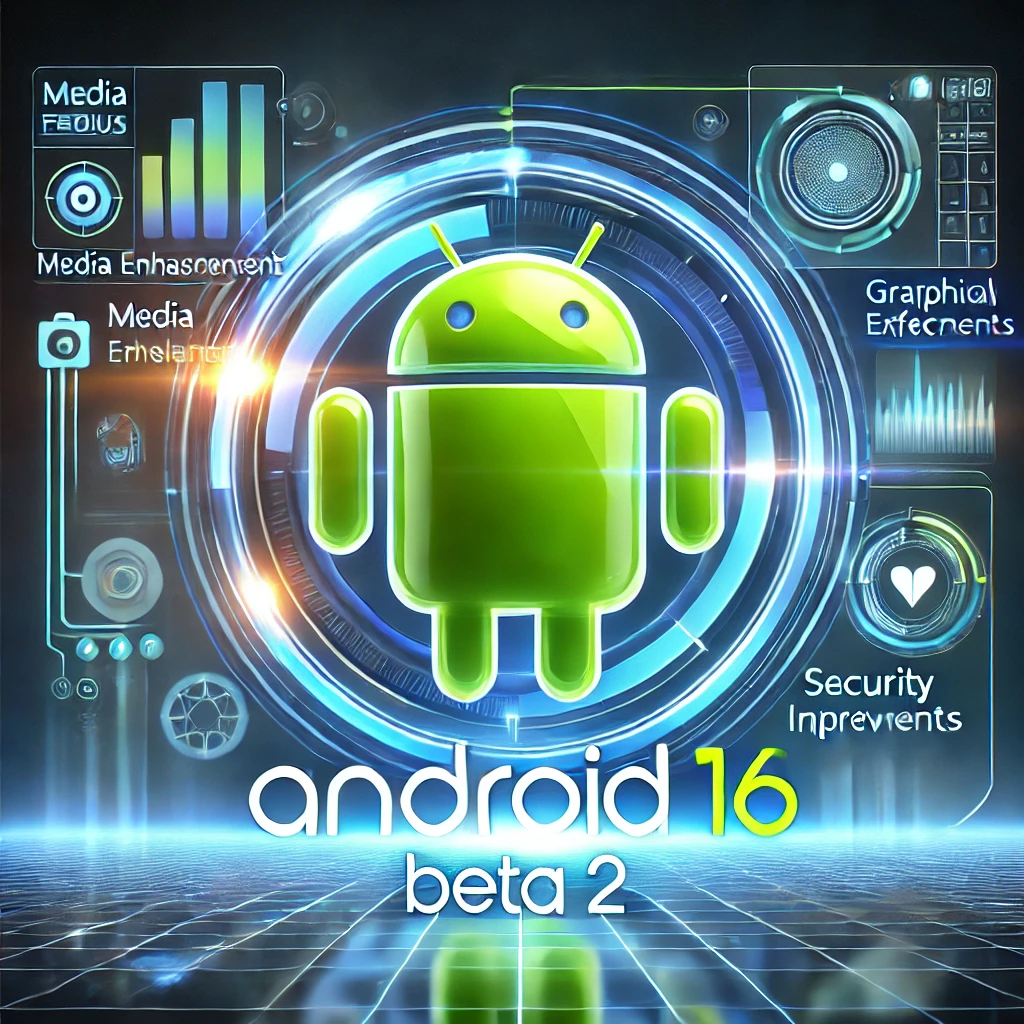In the experience-driven era, building and launching applications with greater user data security and privacy has become a top priority for organizational leaders. This priority has stimulated the rapid adoption of Blockchain technology for app development in recent times. By deploying Blockchain-powered apps, every user within the network is provided with an exclusive pair of cryptographic keys (a private key and a public key). These keys enable them to encrypt and decrypt data at their convenience, guaranteeing that the sensitive information remains secure and accessible only to authorized participants. In simple terms, cryptographic keys help in maintaining user data security and privacy within Blockchain applications.
However, cryptographic key management is a crucial aspect that is largely underestimated during the Blockchain app development lifecycle. Several organizations continue to render data transaction services via Blockchain solutions that are built with poor cryptographic key management capabilities. Such apps pave the way for massive data asset breaches and losses, impacting the enterprise’s reputation.
Insecure Cryptographic Keys Management – Intensifying User-Level Threats in Blockchain Apps
According to a recent survey, Blockchain apps with vulnerable key management have encountered data loss of worth around $1.38 billion in 2024. They also cite that these apps are susceptible to user-level threats like phishing and malware attacks. By using Trojans and keylogger tools, malicious actors can easily steal users’ private keys or transaction data from Blockchain apps with insecure key management capabilities. Similarly, by sending phishing requests, attackers trick Blockchain app users to reveal their private keys and steal data. These data thefts and attacks compromise the integrity of user identity management, communications, and data transactions. Hence, embracing secure cryptographic key management practices is the key to evading these problems and augmenting integrity within Blockchain solutions.
Here are some of the best tips and practices to consider for strengthening cryptographic key management in Blockchain solutions:
1. Integrate High-Entropy Sources for Key Generation
The security of cryptographic keys can be strengthened by integrating high-entropy sources with Blockchain apps. These sources generate keys for network participants with greater algorithm unpredictability. This makes it difficult for hackers to replicate the algorithms of user keys and retrieve data stored within them. Besides, the keys generated by high-entropy sources with keylogger tools save data in a quantum computing format (higher bit length), making them non-decryptable. Enterprise-grade Blockchain platforms like Ethereum and Hyperledger offer intuitive high-entropy sources. These sources adhere to international data security standards and eliminate biases during key generation. Developers from a reputable Blockchain app development company effectively configure and integrate these sources with the applications and ensure highly compliant key generation.
2. Building Trusted Execution Environments (TEEs) for Storage
Storing the cryptographic keys generated by entropy sources in the Blockchain app’s in-memory system increases the risk of memory dump attacks. By gaining access to the app’s in-memory, malicious actors easily copy and transfer the entire public/private key content to an external system, resulting in unauthorized data access. To overcome this risk, a trusted execution environment (TEE) is designed and connected with Blockchain apps. This environment supports secure storage and encryption of cryptographic keys.
3. Implementing Access Controls
When users share cryptographic keys with different participants, the possibility of unauthorized data accessibility and tampering is higher. By implementing multi-factor and least privilege access controls in a trusted execution environment, every cryptographic key is encrypted. This necessitates participants to request access with the key owners for every data retrieval instance. In addition, encryption restricts Blockchain app users and participants from transmitting cryptographic keys over external or insecure channels.
To track data accessibility, integrating an infrastructure monitoring framework within the Blockchain apps is advisable. This framework helps in recording and auditing the accessibility of cryptographic keys. For instance, when a participant accesses the private key of a Blockchain network user for signing a transaction or decrypting data, the framework records details like time of access, participant’s identity, and others. By reviewing these details, key owners easily understand the accessibility history with greater transparency. The monitoring framework is also configured to trigger alerts when a network participant tampers with or modifies data within cryptographic keys, thus eliminating unnecessary alterations.
4. Backup and Recovery
Human error is one of the major causes of cryptographic key losses within Blockchain applications. Given the complexity of key management, network users might unintentionally delete or fail to properly store the keys generated by the app. This hinders users from performing data distribution and transactions. However, to ensure non-disruptive data operations, incorporating an automated backup system within Blockchain applications is essential. Experts from a trustworthy Blockchain app development services provider configure and implement an automated versioning system to backup cryptographic keys at pre-determined intervals, thereby reducing the risk of losses.
Setting up an automated backup system that supports versioning functionality helps in improving the security and integrity of cryptographic keys. Versioning ensures that the backup system creates and maintains multiple versions of keys over time, enabling app users to track exchanges and restore specific versions with ease.
Hire Blockchain Developers to Super-Secure Cryptographic Key Management
Recognized Blockchain software development services providers effectively execute the above-mentioned practices and make applications securely generate, store, and share cryptographic keys. In addition to these practices, dedicated developers perform penetration testing to ensure super-secure key management within Blockchain apps. Penetration testing involves simulating multiple attack scenarios, like unauthorized access attempts, malware injection attacks, and phishing attempts. This real-time testing approach enables Blockchain developers to identify and resolve vulnerabilities in cryptographic key generation, storage, and backup systems. In simple terms, penetration-tested Blockchain apps ensure maximum user trust and regulatory compliance while facilitating continuous improvements in cryptographic key management.
Closing Thoughts
Blockchain applications hold immense promise for secure data sharing and transactions. However, its potential can only be fully realized when cryptographic key management is prioritized during app development. Apps that impeccably generate, store, and backup cryptographic keys ensure greater security for data assets in the long term. This promotes trust among users, stakeholders, and regulators, guaranteeing higher credibility and long-term success of the Blockchain apps.
Discover more from TheLatestTechNews
Subscribe to get the latest posts sent to your email.






